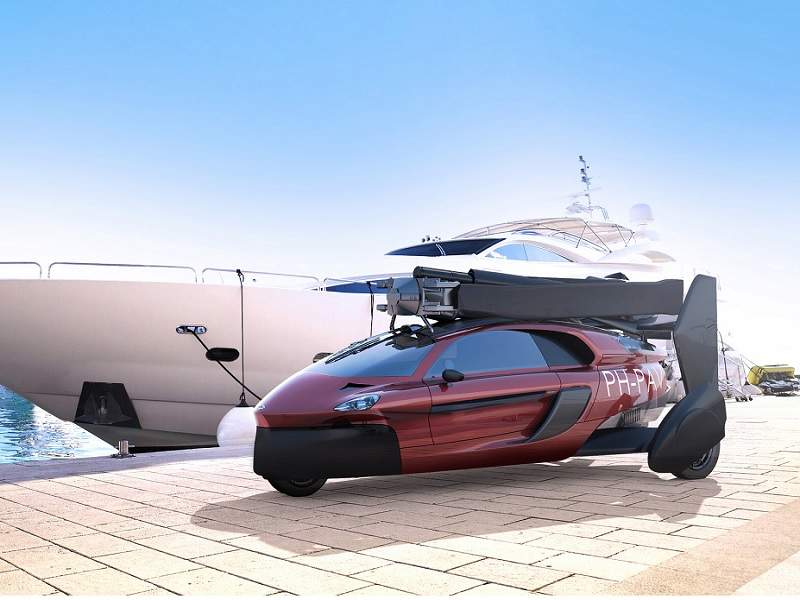PAL-V Liberty is a high-end flying car designed and developed by Dutch firm PAL-V International. It is set to be unveiled to the public at the Geneva Motor Show to be held in March 2018.
The new commercial flying car blends safety with luxury and aims to serve the customers who demand a fly-anywhere vehicle with on-road capability.
Construction of the vehicle started in 2008 and road capabilities of the first prototype, Prototype X1, were successfully tested in 2009.
The second prototype, PAL-V ONE, was developed in 2010. The first flight of PAL-V was conducted in 2012 and the commercial version of the flying car, PAL-V Liberty, was designed in 2013.
PAL-V Liberty is touted to be the first commercial flying car to enter the market. The vehicle is currently available for pre-booking and the first delivery is expected to take place in 2019.
PAL-V Liberty variants
The PAL-V Liberty flying car is being offered in two different versions, namely Limited Pioneer Edition and a Sports Edition, and can be customised into multiple versions certified by the aviation authorities.
The Sports Edition will be available at a lower price compared to the Limited Pioneer Edition. Pal-V plans to initially release the limited version into the market, followed by the sports edition.
PAL-V Liberty flying car design and features
The PAL-V Liberty resembles a regular car but offers enhanced mobility. Based on the gyroplane concept, Liberty incorporates a three-wheel drive configuration assisted by a dynamic curve stabiliser (DCS) technology. The gyroplane configuration enables the flying car to withstand harsh winds.
The compact size helps the vehicle to turn quickly and accurately both airborne and on land. The flying car lacks a fixed wing and the auto-rotating rotor on the top produces the necessary lift required for the flight.
The flying car offers unmatched flight and on-road experience to the users, without compromising on mobility. It seamlessly switches from the drive mode to the flight mode.
The flying car measures 4m-long, 2m-wide, and 1.7m-high in drive mode, while it measures 6.1m-long, 2m-wide, and 3.2m-high in flight mode. The rotor of the vehicle is 10.75m in diameter.
Interiors and exteriors of PAL-V Liberty
The rotor design enables the vehicle to experience less turbulence than a fixed-wing aircraft. The automated mast of the flying car unfurls during the flight mode, while the cockpit is designed to switch between flight and drive modes.
The rotor blades mounted on top of the car will be unfolded when switching to the flight mode. The tail can be retracted after landing and the propeller and rotor blades can be folded onto the top of the car.
Engines and performance
The flying car is powered by two Rotax engines, which develop a maximum power of 200hp each. The power-plant enables the vehicle to reach a speed of up to 100km/h within nine seconds.
PAL-V Liberty burns Euro 95, Euro 98, E10 fuels and has a maximum fuel capacity of 100l. The fuel economy of the car in flight and drive modes is 26l/h and 7.6l/100km respectively.
The vehicle can run at a maximum speed of 160km/h on road and attain a maximum air speed of 180km/h. It requires a take-off distance of 330m and a landing distance of 30m.
The maximum operating altitude of the flying car is 3,500m and the maximum take-off weight (MTOW) is 910kg.
The vehicle has an endurance of 4.3 hours and can fly up to a range of 500km.






